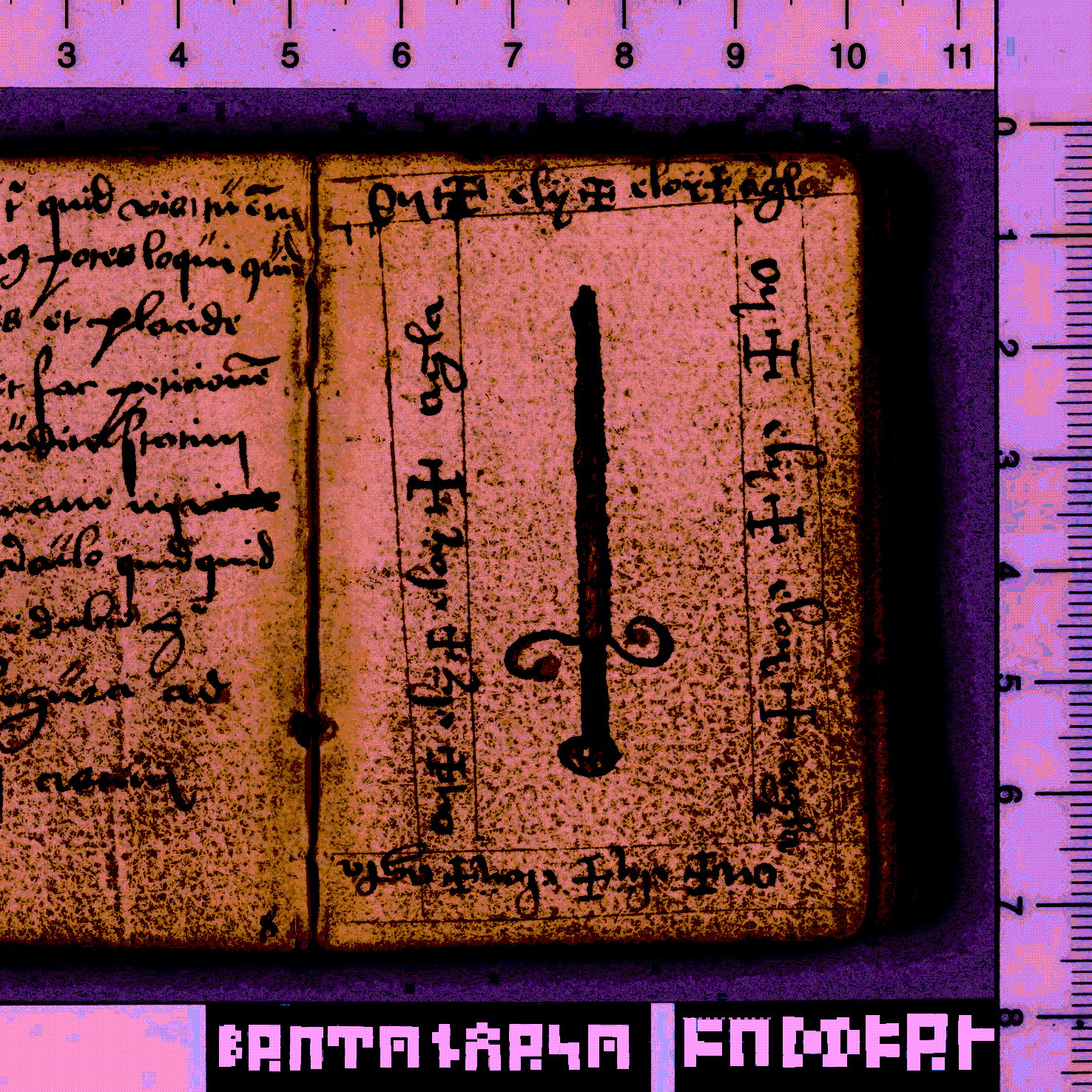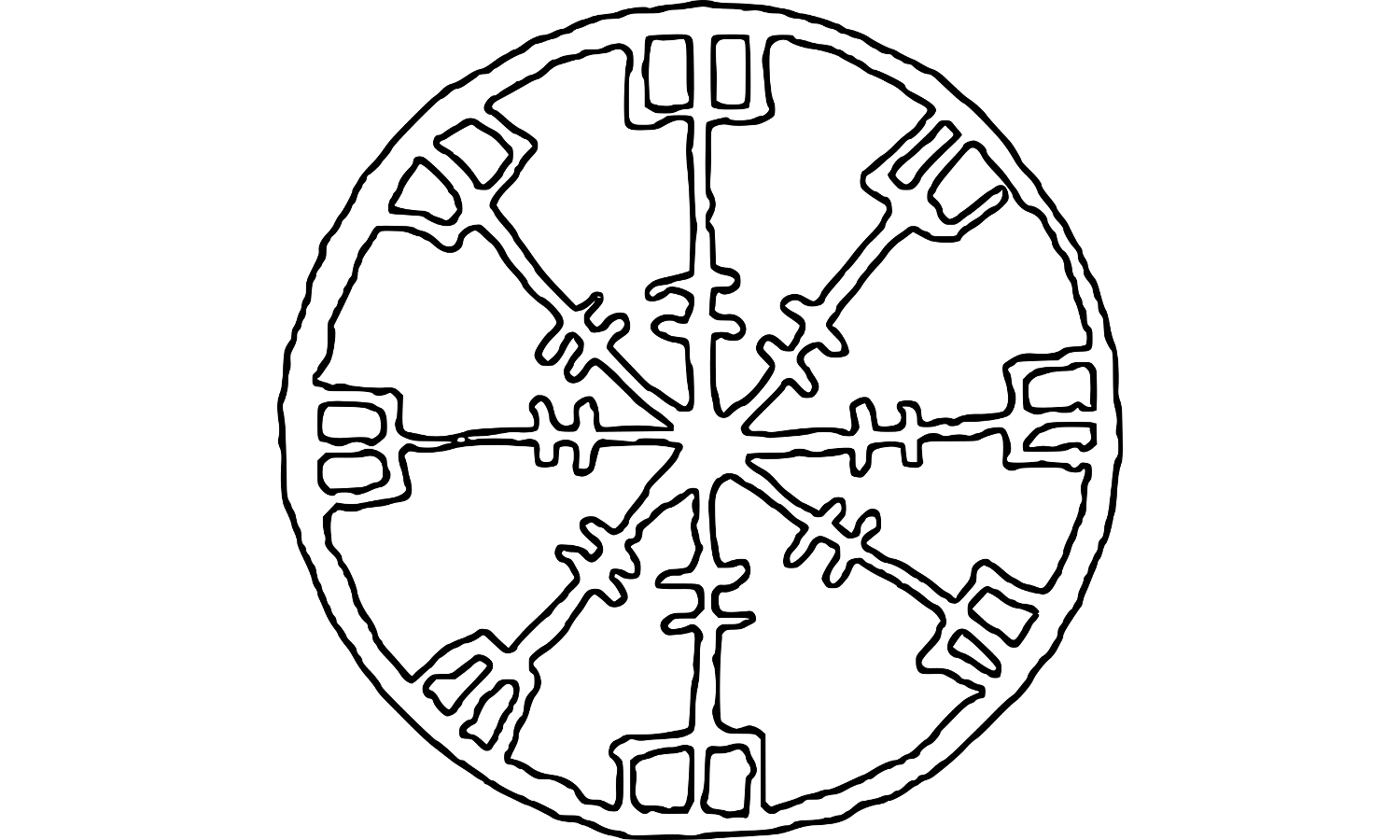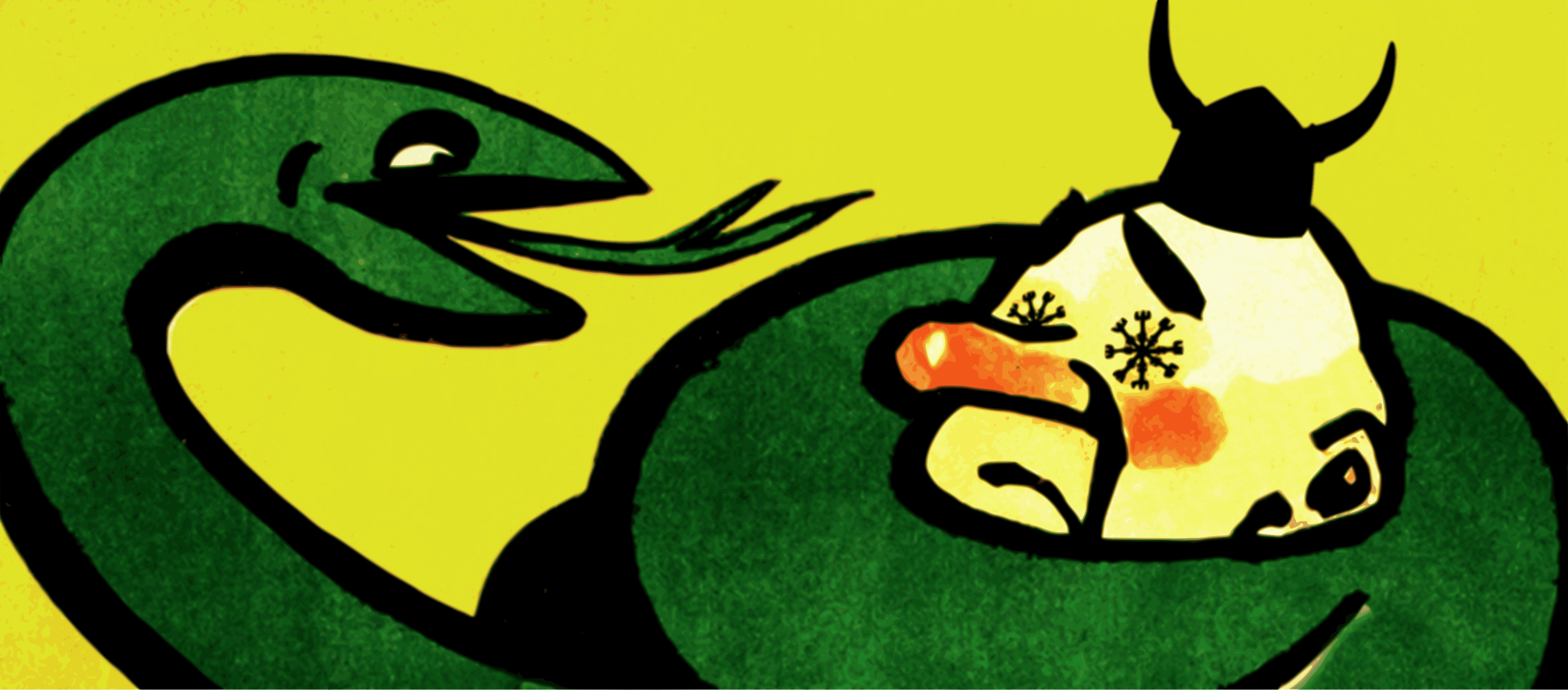Ep. 41: Written Sorcery from Runes to Cyprianus
/In this ghoulish episode we'll be looking at magic and sorcery in literary transmission while Eirik wrestles with his own personal demons. Focusing on the legend-steeped early modern grimoire tradition in Norway, we start our Faustian adventure with the question of runic magic and its developments towards the peak of runic literacy in the High Middle Ages. Before we go on to discuss the influence of continental sorcery, and ultimately the appearance of grimoires on the Scandinavian occult horizon.
Buy my book "Love Spells and Erotic Sorcery in Norwegian Folk Magic" at brutenorse.bigcartel.com/
For all things Brute Norse, see: linktr.ee/brutenorse
Featuring musical arrangements by Helge Taksdal.
Musical contribution by Darya & Månskensorkestern:
daryamnskensorkestern.bandcamp.com/
Some relevant works:
- Bang, Anton Christian (1902). Norske Hexeformularer og magiske opskrifter. Brøggers Bogtrykkeri: Kristiania.
- Flowers, Stephen. 1989. The Galdrabók: An Icelandic Grimoire. Samuel Weiser: York Beach
- Henriksen, Oskar Tobias Rudquist. (2011) "Vil du jeg skal vise dig Fanden?" Presten som magiker i det postreformatoriske Norge. Universitetet i Bergen.'
- Johnson, Thomas K. (2019). Svartkonstböcker: a compendium of the Swedish black art book tradition. Revelore Press: Seattle
- Karlsson, Thomas (2009). Götisk kabbala och runisk alkemi. Stockholms universitet, Religionhistoriska avdelingen: Stockholm
- Mathias Viðar Sæmundsson (1996). Galdur á brennuöld. Storð: Reykjavík
- Spurkland, Terje (2005). Norwegian Runes and Runic Inscriptions. Translation: Betsy van der Hoek. Boydell Press: Woobridge
- Storesund, Eirik (2018). Clubbing Solomon's Seal: the occult roots of the ægishjálmur. www.brutenorse.com/blog/2018/5/14/the-gishjalmur










![“Þetta er ægirs hiálm n stóre [...] Þetta er Móises innsigle” JS 375 8vo, 46v](https://images.squarespace-cdn.com/content/v1/5a72d2a74c326d63a3136d7e/1542228419417-YBWQQWWOAF25YCB7QRDR/aegisstore.png)















